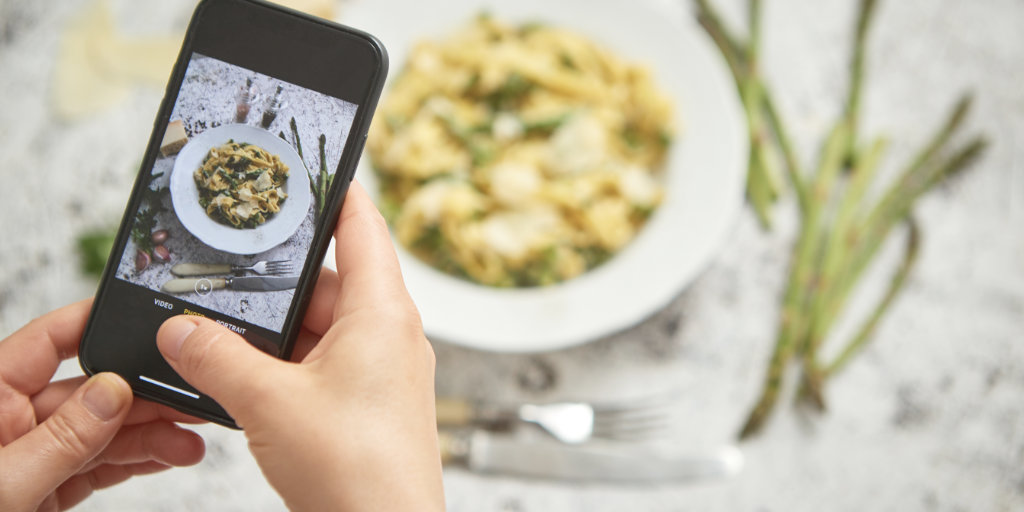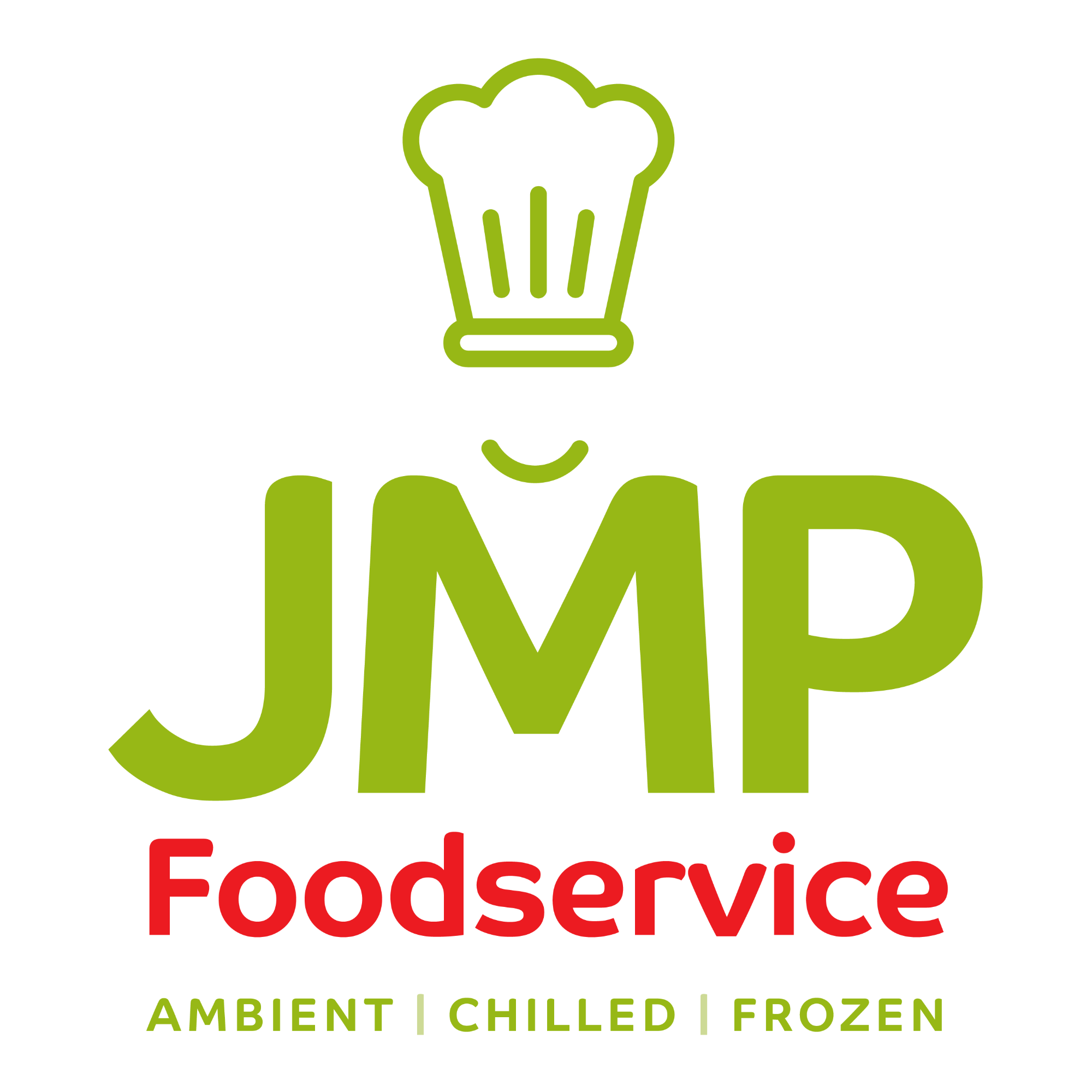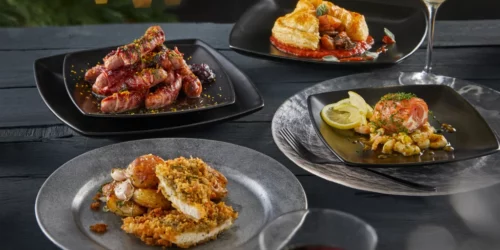With the reopening of food and hospitality – what will you be doing to reengage with your old customers and what about attracting new ones? Will you just fling open the doors and wait for the regulars to fall in or, perhaps you might consider something a bit more tactical. Maybe you’re planning to open with only a takeaway service – how will you promote this?
Whatever your plans, you will be opening to a new world with new demands, fears, and expectations, all of which will need managing. What appealed to your traditional customer base may no longer be adequate. You will need to adapt and decide how you will communicate, not just your offer but the measures you have initiated to safeguard a concerned populous.
When you break down any marketing plan into its basics, it’s about three things; understanding your audience, talking to it, and refining how you do this (strategy – communication – optimisation). Agencies will charge a handsome fee for creating a plan and executing it on your behalf but, who wants to commit to this right now. Instead, here is a practical guide for you to follow – it’s not hard, just follow the plan.
Two warnings here. You don’t need to be perfect to start, just start. You will figure the rest out as you’re going along. Secondly, this is not a one-hit-wonder, you’ll need to commit to consistent and ongoing activity, but with a bit of planning, you can limit your time and enjoy yourself in the process.
Your Customers
The first thing to do is to understand what’s of interest to your customers and what’s going to motivate them as they venture out. Put yourself in their shoes, what would worry you and your family and what would set your fears aside? Make a list of these considerations and write how you will address these next to each.
The Offer
From your side, you may have limitations on opening such as staffing, short-dated stock and supply issues. Turn these into an advantage with a limited (themed) menu, meal kits and alternative takeaway concepts. Be creative but frame it around what a potential customer would like to hear.
Your Messaging
When you have done both of the above, you’ll have your key messages, what customers want to hear from you and what you want to tell them. These messages are the foundation for all your communications.
Then work on supplementing this with other content such as spontaneous posts, competitions, promotions, supporting local events, people and businesses.
Spreading the Word
With so many channels and platforms, you may find it daunting to decide where to start. How many channels you settle on depends on your customer base and how much time you have. If your focus is on individuals, start with Facebook and extend to Instagram. If it’s driven by businesses, put more emphasis on Twitter and LinkedIn.
We get the most engagement from Facebook and if you want to turbocharge your reach and attract new customers, consider selectively “boosting” your best posts but ideally place Facebook Ads. I would suggest £20- £25 daily limit and go for 7-10 days to start. Set your target audience by age, along with your serviceable area. The Facebook algorithm takes around a day to optimise effectively, so check your stats and see how it’s performing. If you’re not happy with it, you can switch it off at any time.
When you place a standard post, you are talking to your followers if you want to reach further you can add hashtags. There is often confusion around these, but they’re simple. A hashtag is a keyword that a user will type into a search phrase. Imagine someone searches “Pub food in Rotherham”, and you have the hashtags on your posts as #Pub #food #Rotherham your post is likely to appear in the search results. So put yourself in your customers’ shoes and think about what they will be searching. Add in all your conurbations, local event tags and so on. You should always post with at least four hashtags – it’s free and worthwhile.

Frequency and Planning
You should look to post about 3-5 times a week. Split this into topics on your offer, promotions, behind-the-scenes and events. Have a look at the online calendars and pick out the key dates that you want to support there’s a day or a week for almost anything you want to get behind. For starters, look at this food calendar.
Behind-the-scenes posts are great; they build a connection with your followers and are the friendly face of the business. Perhaps you want to show what happens in the kitchen, tips and tricks, staff achievements, customer celebrations (ask their permission before you post) and so on.
Mixing your channel softens it a little from the sell-sell-sell that so many are focussed. These days its about building a reputation before your customer walks in the door. Have a look at some research we undertook on Dinners Decision Making Behaviour which comes with actionable insights.
To cut down the time you spend managing social media, plan by downloading a free social media calendar template and populate it as far in advance as you can. Set aside the best time of the week to create your content and make sure you’re disciplined about it! You can use free tools like Hootsuite and Buffer, to automatically schedule your posts.
Creating your Posts
All you need is your phone! Video performs better than images, but your post should have either one or the other. Again, don’t overthink it but make sure your imagery looks as good as it can – have a look at our photography and food styling articles to get the best results. Look at your competitors and some brand leaders to get some ideas. Finally, supplement your posts with any spur of the moment posts.
Managing your Community
A lot of businesses are worried about how they will handle negative responses. Respond to any negative comments and try and fix it directly or ask them to call or message you. Thank those who took time to compliment you and regularly scroll down your channel to understand its “mood” and see if you can spot any trends or potential issues that you can resolve. It’s an excellent tool for collecting feedback. Remember that any comments from followers will be visible to their followers, so encourage interaction and ask open questions, ask for feedback and test ideas.
In the event, you get trolled, or someone is getting abusive towards you or other followers, delete the message and block them. No one needs it.
Optimisation
Periodically check the analytics provided by your platform to see which posts were the most successful and understand why. Simply do more of what worked and discard the rest. Once you start seeing some real-world effects from your social media activity, you will be more inclined to invest in it, and the more you do, the more comfortable and confident you will get.
If this period has shown us anything, its that digital is so important and will continue to trend upwards. If you’re not active, you should be. Don’t be afraid, just start and develop. Thinking of new initiatives and ideas is always fun, and your team will enjoy coming together and being part of the conversation.




